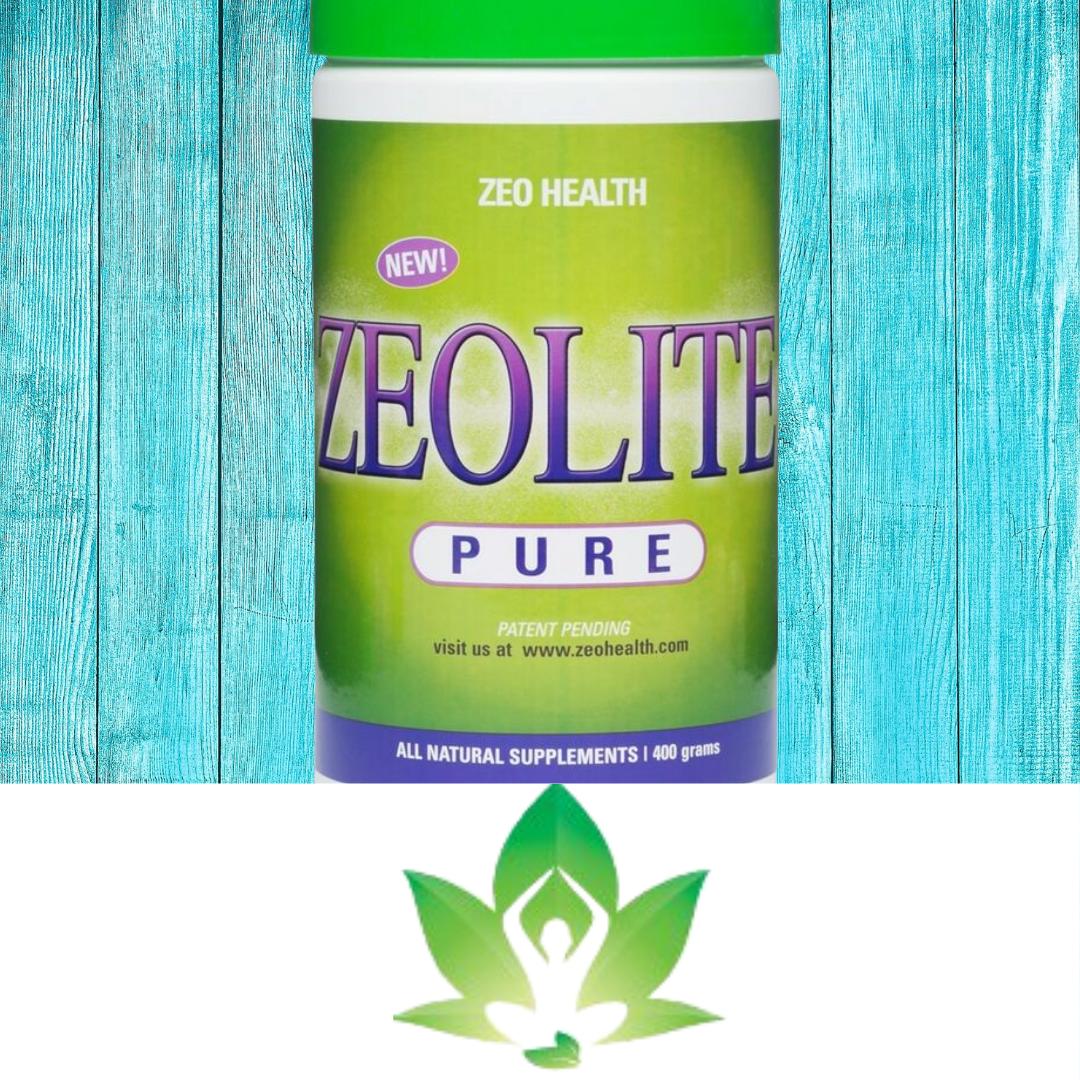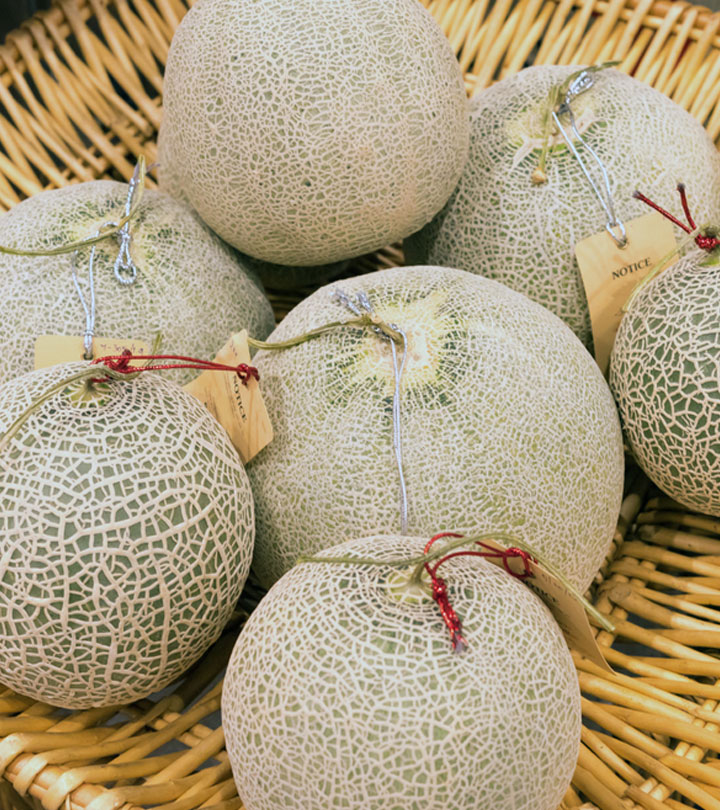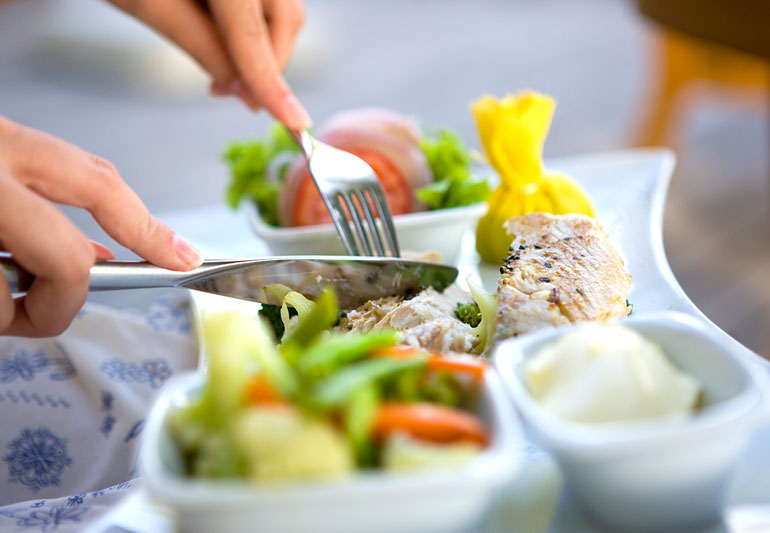
It is not necessary to eliminate salt from your diet. You can still enjoy delicious foods, even if they are low in sodium. You need to select the right kinds of food. You can choose from canned goods, cheese, and processed meats. Also, you can choose low-sodium tomato extract and paste. Low-sodium milk and meat will help you save time and money.
You can find whole-grain pasta and fresh fruits among the foods low in sodium. Nuts are rich sources of healthy fats as well as protein, fiber and essential vitamins and mineral. Nuts are rich in antioxidants which protect against free radical damage and counter the harmful effects of sodium. This article will show you how to cut down sodium.
To avoid the harmful effects of sodium, you can choose food labels that state their sodium content. Look for the "Heart Check" seal. These processed meats are high in sodium and should be avoided. Check the ingredients and make certain they are labeled with "low sodium" (or "low potassium). Try cooking with fresh herbs, if necessary. There are many options for substitutes: celery seed, onion and garlic powder.
You can reduce your daily sodium intake by substituting low salt processed cheeses for ones that are high in sodium. Consider using substitutes such as cottage cheese, mozzarella, and buttermilk. You can also replace table salt with spices or substitute canned beverages for homemade juice. Avoid canned foods and roasted salted peanuts. Avoid these types foods, which are high in sodium. It's also best to rinse canned foods thoroughly with water before consumption.
To avoid consuming too much sodium, try to spread it throughout the day. Reduce your sodium intake by eating fruits and vegetables. Avoid high-sodium food. Ask for less sodium at restaurants. Custom-made meals are healthier and have less sodium. Ask for dressings and sauces when ordering at a restaurant. Ask for lower-sodium options if you dine out.

Check the labels on the foods you eat to reduce sodium intake. Always read the label. It will contain information such as the serving sizes, ingredients, and sodium content. A serving should not have more than 140mg of sodium. To make your popcorn more flavorful and to help you adhere to a low-sodium diet, you can add spices. This snack is great for fiber and low-sodium.
It is important to avoid salty food, but you can still eat foods that have low sodium. Whole grains and breads both have high fiber content and are low on sodium. For example, rice bran is an excellent source of fiber, and has only 6 milligrams of sodium per cup. Consuming whole grains may result in added salt. For example, multigrain bread has nearly 170mgs sodium.
Fresh fruit is a great way to cut down on sodium. Fresh fruits contain very little sodium and are rich in essential vitamins and minerals. One milligram is the equivalent of 6% of your daily sodium intake. An example: an apple has about one millionmg of sodium. Greek yogurt is an excellent option for those who are trying to reduce their sodium intake. It has the same amount as plain yogurt but contains more protein. It's also a good source of potassium which is important for maintaining healthy bloodpressure.

Some foods have very high sodium levels. These levels are still low in comparison to other foods. Although vegetables are rich in fiber and naturally low sodium, they are also high in sodium. For example, a cup beets will have 84 milligrams and half a cup of spinach will have 63 milligrams. Avocado, green beans and asparagus are other "salt-free foods".
FAQ
What should a novice cook do first?
Start cooking something simple, such as pasta, rice, soup. Learn how to cook with a recipe book, YouTube video or other resources. Cooking with others is more enjoyable. Enjoy cooking with your family, friends, or both.
Which is the best way for you to learn how to cook?
Cooking is something that everyone should be able to do. If you don't know how to cook, you miss out on some great food experiences. First, find a recipe that appeals to you and then follow it closely. The next step is to practice making small modifications to the recipe until it becomes second nature. Next, you can cook for others. This will help you improve at cooking and also allow you to test your skills.
How can leftovers be stored in the most efficient way?
Tupperware containers are a good choice for leftovers. These containers keep food fresh and prevent odors forming. They also keep foods warm for longer. Remaining food can be frozen in freezer bag. When freezing food, place the bag inside another freezer bag so that air doesn't escape. Once the food is frozen place it in an airtight container, such as a zip lock bag.
What is the average time it takes to learn how to cook? How long will it take me to learn how?
It all depends on your skill level. Some people learn basic cooking techniques in just a few days. Others may take several months or longer to feel competent enough to teach themselves how they cook.
The time it takes to learn how to cook will vary depending on who you are. A person who has never cooked before will likely need more time to learn than someone who is a regular cook. Different types of cooking require different amounts of experience. Baking, for instance, requires more skill than frying.
If you want to learn how quickly you can cook, you should focus on learning a specific technique. Once you are proficient in that technique, you can move onto the next one. Don't worry too much about the exact number of days or weeks it takes to learn to cook. Enjoy the process and keep practicing.
How Do I Learn About Cooking?
There are many cooking classes available all over the country. Many schools offer courses on baking, pastry, or wine tasting. You can learn more about how to cook by enrolling in a class at either a local vocational school or community college.
Statistics
- In the United States, the category is estimated at $23.2 billion annually and is growing faster than the market. (washingtonpost.com)
- The median pay for a chef or head cook is $53,380 per year or $25.66/hour, according to the U.S. Bureau of Labor Statistics (BLS). (learnhowtobecome.org)
- On average, chefs earn $58,740 a year, according to the BLS. - learnhowtobecome.org
External Links
How To
How to cook a steak
The type of meat you are cooking will determine the right method to use. For example, thinner steaks are best cooked over low heat, while thicker ones need higher temperatures.
Also, don't cook them too long as it will cause loss of flavor. Make sure to remove the steaks from the pan after it is done. This will help you avoid burning your skin.
Cooking times vary depending on the size and degree of doneness desired. Here are some general guidelines:
Medium Rare: Cook till medium rare. This is when the internal temperature of the food reaches 145°F (63°C). This should take between 3 and 5 min per side.
Medium: Cook until medium. This means that the internal temp has reached 160 degrees F (71 degrees Celsius). This usually takes about 6 minutes per side.
Cook well until done. That means that the internal temp reaches 180degF (82degC). This typically takes 8-12 minutes per side.